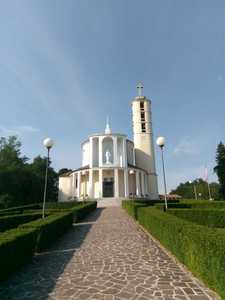"Animals in the Ocean: the Biggest and the Smallest"
The biggest animal in the whole world lives in the ocean. It's The blue whale. In fact, it's the biggest animal that has ever lived. It's bigger than any dinosaur! Some of the world's smallest animals live in the ocean, too. Zooplankton is made up of many kinds of very tiny
animals. They drift on the ocean currents. Some kinds of zooplankton are larvae. They will turn into bigger animals like sponges or fish. Some kinds of zooplankton
are tiny animals made of only one cell. They will not turn into something bigger. Some kinds of zooplankton are
tiny crustaceans. Crustaceans are animals with hard shells like crabs and lobsters. Krill and copepods are two tiny crustaceans. They are the food for many ocean animals, including the biggest-the blue whale. Krill have a pink colour as shrimp do. There are so many krill in the ocean sometimes that it looks like a pink cloud. The blue whale swims through this "cloud" with its mouth open and gulps in a mouthful. It strains the zooplankton through its baleen. Blue whales, and many other whales, have baleen instead of teeth. The biggest animal in the ocean eats the smallest ones!
1. What is the biggest animal that has ever lived?
Wähle eine der folgenden:
